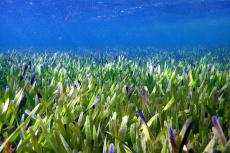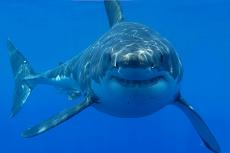Orcas May Ram Boats as Target Practice as They Learn to Hunt
Researchers have uncovered significant changes in the habitat of killer whales along the Atlantic coast, revealing how factors like distance to shore, water depth, contact with recreational shipping, and temperature influence their distribution. These dynamic shifts are linked to the migration patterns of tuna, a primary food source for these majestic marine mammals.
The killer whale (Orcinus orca), known as the ocean's apex predator, plays a vital role in marine ecosystems. Their behaviour and habitat utilization are closely tied to prey availability and human activities, influencing the entire food web and ecosystem dynamics. While they exhibit a diverse diet—including fish, squids, and even seabirds—distinct populations have emerged, each characterized by specific dietary preferences and ecological niches. Some populations are more migratory, covering extensive distances and maintaining genetic connectivity across various marine environments.
Killer Whale Habitat Use
Despite previous research focused on the Atlantic Bluefin tuna migration in the Strait of Gibraltar, crucial gaps in our understanding of killer whale ecology remain. A ground breaking study, spanning 2020 to 2023, investigated their habitat use across the coastal waters of North Africa, the Iberian Peninsula, and the Gulf of Biscay. This population, currently estimated at just 39 individuals across five pods, has developed a significant dietary reliance on Atlantic bluefin tuna (Thunnus thynnus) during spring and summer. Notably, some pods have been observed engaging in depredation from drop-line fisheries, taking advantage of tuna brought to the surface, thereby enhancing their feeding opportunities during migrations.
Killer Whale Habitat is Changing
Using advanced spatial distribution models, the team found that killer whale habitat suitability peaked in the coastal waters of southern Iberia and North Africa during the winter and spring months. Remarkably, as summer transitions into autumn, these whales exhibit a notable northward expansion towards the Gulf of Biscay, indicating a broader range of habitats utilized during warmer seasons
Interaction with recreational vessels
The research also highlighted an alarming statistic: nearly 47% of recorded killer whale sightings involved interactions with recreational vessels. These increasing interactions with pose significant challenges for both the whales and maritime safety. Since May 2020, reports have documented killer whales approaching and even striking vessel rudders in Atlantic waters off the Iberian Peninsula, raising concerns about the impact of these encounters on both whales and those rammed. Particularly since the whales appear to be ramming the boats on purpose.
Protection of killer whales needed
By enhancing our understanding of killer whale movements and habitat dynamics, this study not only fills vital knowledge gaps but also informs conservation and management strategies crucial for keeping these magnificent creatures in the Northeast Atlantic safe. As researchers continue to delve into the complexities of killer whale ecology, the findings underscore the importance of protecting their habitats amid changing oceanic conditions.




























